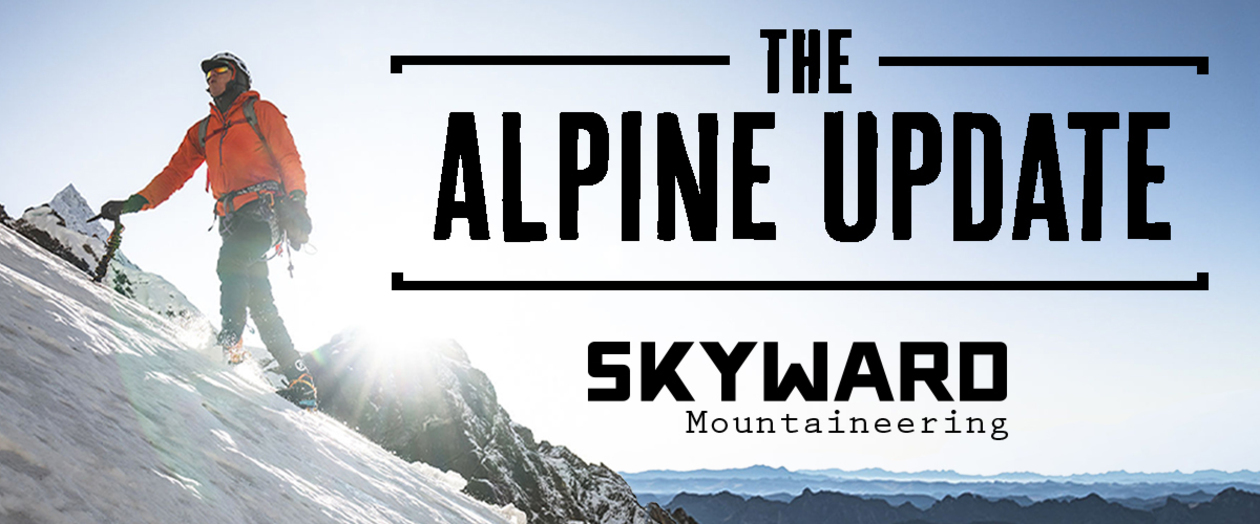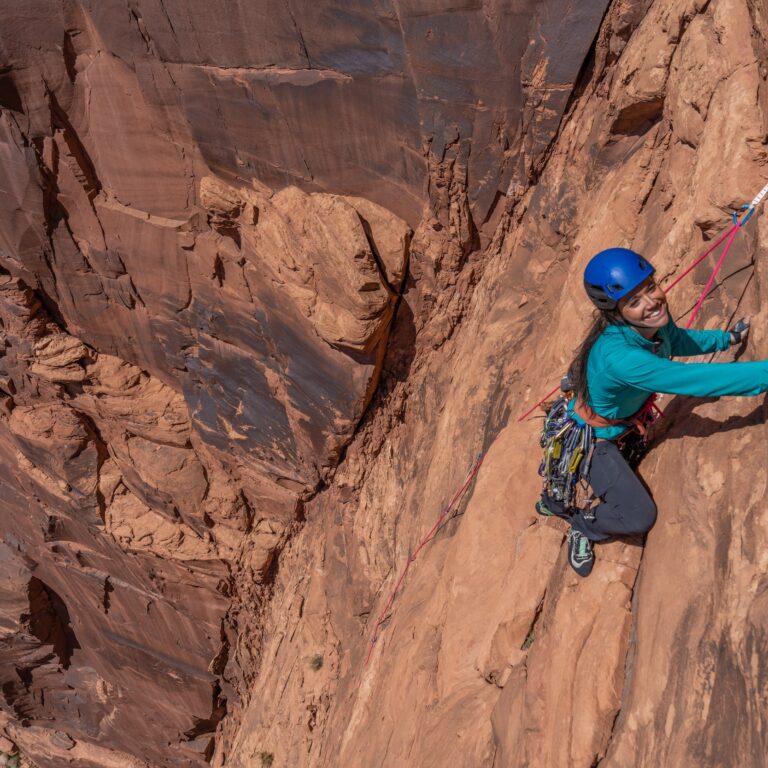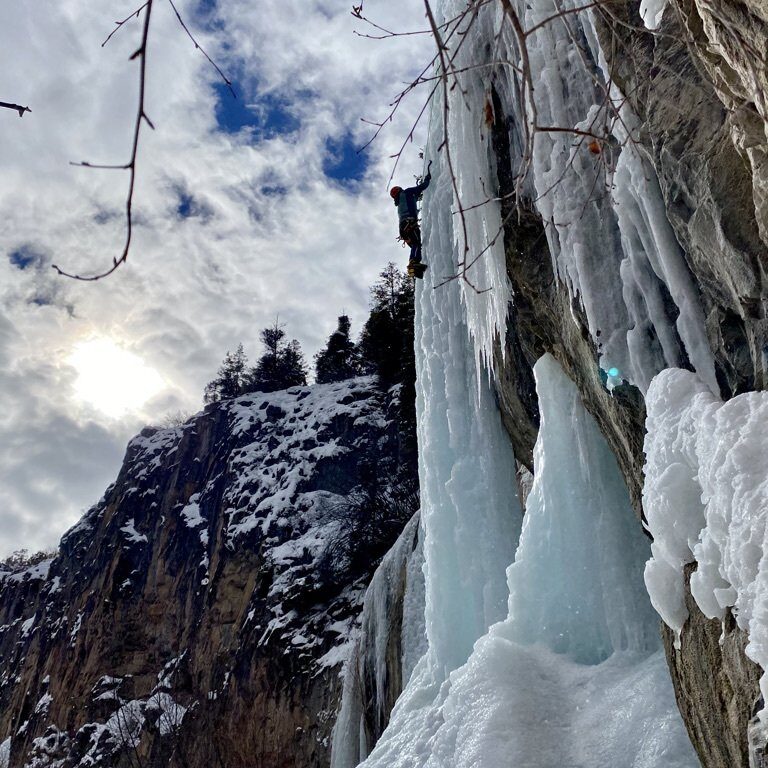As September arrives, anticipation for the ice climbing season grows. While summer rock climbing remains a passion, thoughts inevitably drift towards the allure of frozen waterfalls and snowy landscapes. Ice climbing presents unique challenges, especially during the early season when conditions are at their toughest and climbers may not be in peak form.
To prepare mentally and physically for the upcoming ice climbing adventures, consider incorporating these simple yet effective training methods now.
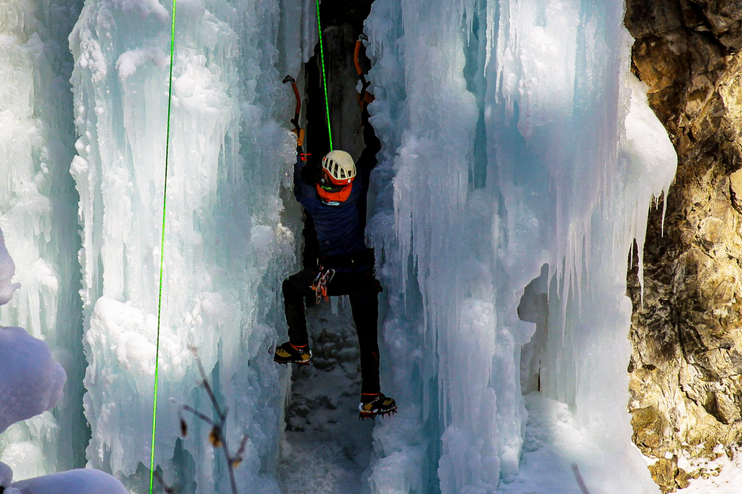
1. Rock Climbing for Ice Climbers
Rock climbing serves as an excellent foundation for ice climbing. The movement patterns and body mechanics share similarities, making the transition smoother. Additionally, strong fingers and endurance developed from rock climbing translate well to gripping ice tools. While leading ice climbs requires heightened focus and seriousness, aspects of the mental game, such as adapting to the vertical environment and managing height exposure, remain consistent. Training on relatively easy, steep rock climbs with large holds can improve overall strength and technique, mimicking the physical demands of ice climbing.
2. On-Wall Techniques
During ice climbing, spending extended periods on a pitch to find and secure axe placements is common. Adopting a slower pace and pausing briefly at each hold can help conserve energy and maintain focus. Practicing controlled grip strength on jugs and using finger cycling techniques simulate the endurance needed for sustained ice climbing efforts. Incorporating pack-weighted climbs mimics the additional gear carried during ice climbing expeditions, preparing climbers mentally and physically for the extra load.
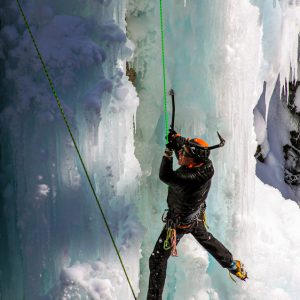
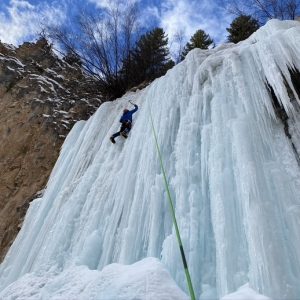
3. Off-Wall Training
Beyond on-wall techniques, off-wall training plays a crucial role in ice climbing preparation. Exercises targeting wrists, arms, and core strength, such as wrist curls, pull-ups, and planks, enhance overall fitness and endurance. Mobility work, such as yoga, improves flexibility and joint stability, essential for navigating icy terrain. Cardiovascular training through running, hiking, or biking complements climbing workouts, enhancing stamina for long days in the mountains.
By integrating these training methods into your routine, you’ll not only prepare for winter ice climbing but also enhance your overall climbing skills. Stay tuned for more insights and tips from Skyward to elevate your climbing experience.
If you have further inquiries or wish to explore ice climbing adventures, don’t hesitate to reach out. We’re passionate about sharing our expertise and guiding climbers towards their goals.

